Really Really Deep Shade - worth trying to grow anything here?
Burnet
18 years ago
Featured Answer
Sort by:Oldest
Comments (24)
karinl
18 years agovbain
18 years agoRelated Professionals
Wrentham Landscape Architects & Landscape Designers · Folsom Landscape Architects & Landscape Designers · Garden City Landscape Architects & Landscape Designers · South Orange Landscape Architects & Landscape Designers · Vernon Hills Landscape Architects & Landscape Designers · Willowick Landscape Architects & Landscape Designers · East Patchogue Landscape Architects & Landscape Designers · Aurora Landscape Contractors · Northbridge Landscape Contractors · Plainview Landscape Contractors · Rio Linda Landscape Contractors · Riverview Landscape Contractors · Shaker Heights Landscape Contractors · Wailuku Landscape Contractors · Redding Swimming Pool BuildersBurnet
18 years agokarinl
18 years agoego45
18 years agoBurnet
18 years agokarinl
18 years agopins2006
18 years agodesperationfalls
18 years agoBurnet
18 years agowaplummer
18 years agogardengal48 (PNW Z8/9)
18 years agowhynotsb
18 years agobrenda_near_eno
18 years agonandina
18 years agostonethegardener
18 years agokarinl
18 years agogardengal48 (PNW Z8/9)
18 years agoatreehugger
13 years agojarora
8 years agoRae Huffman
7 years agoL T
7 years agogardengal48 (PNW Z8/9)
7 years agolast modified: 7 years ago
Related Stories
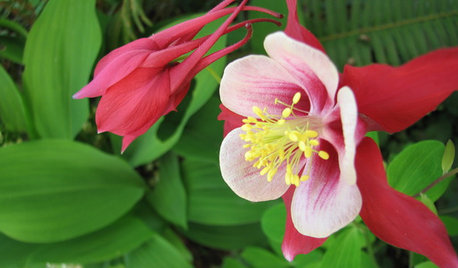
GARDENING FOR BUTTERFLIESGreat Design Plant: Columbine Grows Happily in Shade and Sun
Its ethereal beauty comes from complex forms and wide-ranging colors, but columbine’s benefits are highly attractive too
Full Story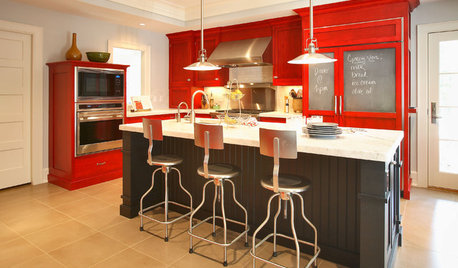
COLORReady to Try Something New? Houzz Guides to Color for Your Kitchen
If only mixing up a kitchen color palette were as easy as mixing batter. Here’s help for choosing wall, cabinet, island and backsplash hues
Full Story
EARTH DAYGrow a Beautiful Garden With Ecofriendly Greywater
Reducing home water waste means lower bills and a healthier planet. Here's how to set up a greywater home irrigation system that can help
Full Story
KITCHEN CABINETSChoosing New Cabinets? Here’s What to Know Before You Shop
Get the scoop on kitchen and bathroom cabinet materials and construction methods to understand your options
Full Story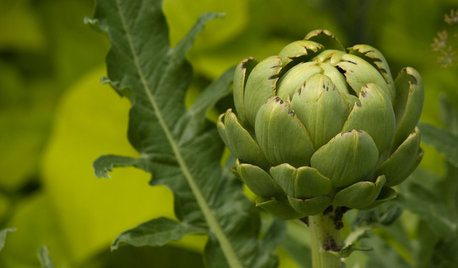
GARDENING GUIDESYour Garden Is Stirring — Here’s What to Do in February
February is a good time to start seeds, shape up shrubs and watch for the earliest blooms. Here’s what to do in your part of the U.S. now
Full Story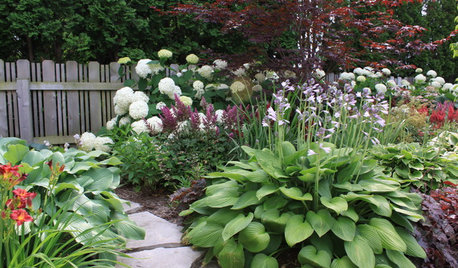
MOST POPULARSpring Gardens Are Blooming — Here’s What to Do in April
Get the guide you need for gardening in your U.S. region, with tasks, climate-appropriate plantings and more
Full Story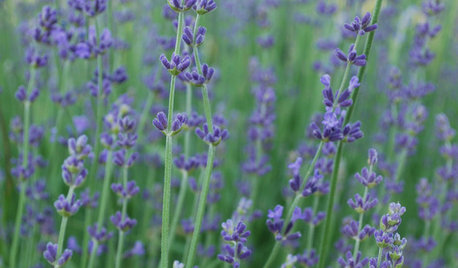
EDIBLE GARDENSHow to Grow Your Own Cocktail Garden
Conceivably, anything edible could find its way into a cocktail. Why not make the route rather short?
Full Story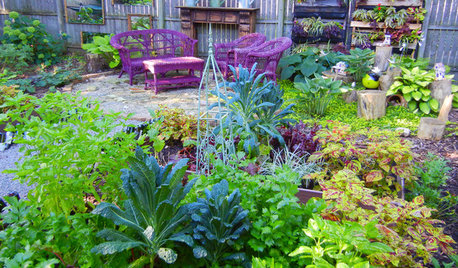
GARDENING GUIDESShades of Vegetable Gardens: Growing Edibles in Less Sun
See how one gardener produces a veritable feast of vegetables and herbs under a canopy of shade
Full Story
MOST POPULARSummer Crops: How to Grow Sunflowers
Savor snack-tastic sunflower seeds once the radiant blooms have faded — if the birds have saved you any, that is
Full Story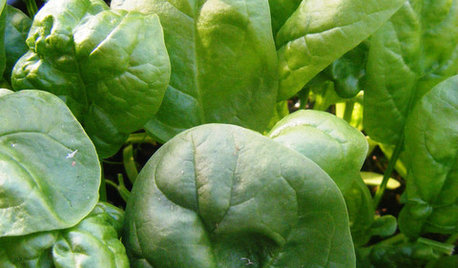
COOL-SEASON CROPSCool-Season Vegetables: How to Grow Spinach
Chock-full of antioxidants and iron, spinach is a nutrient-rich addition to your fall or spring garden
Full StorySponsored






diggerb2